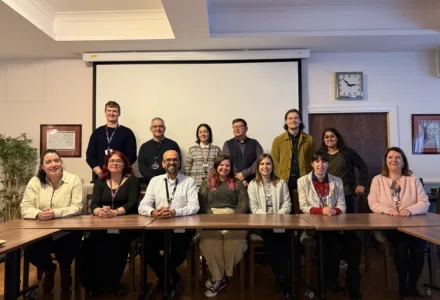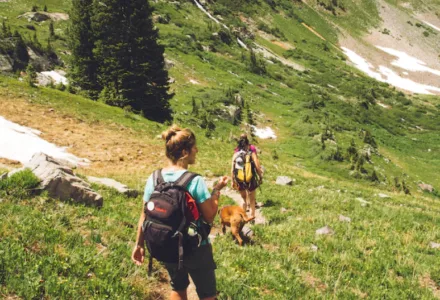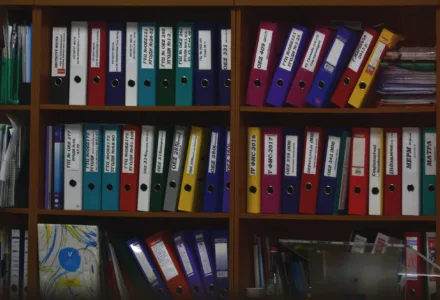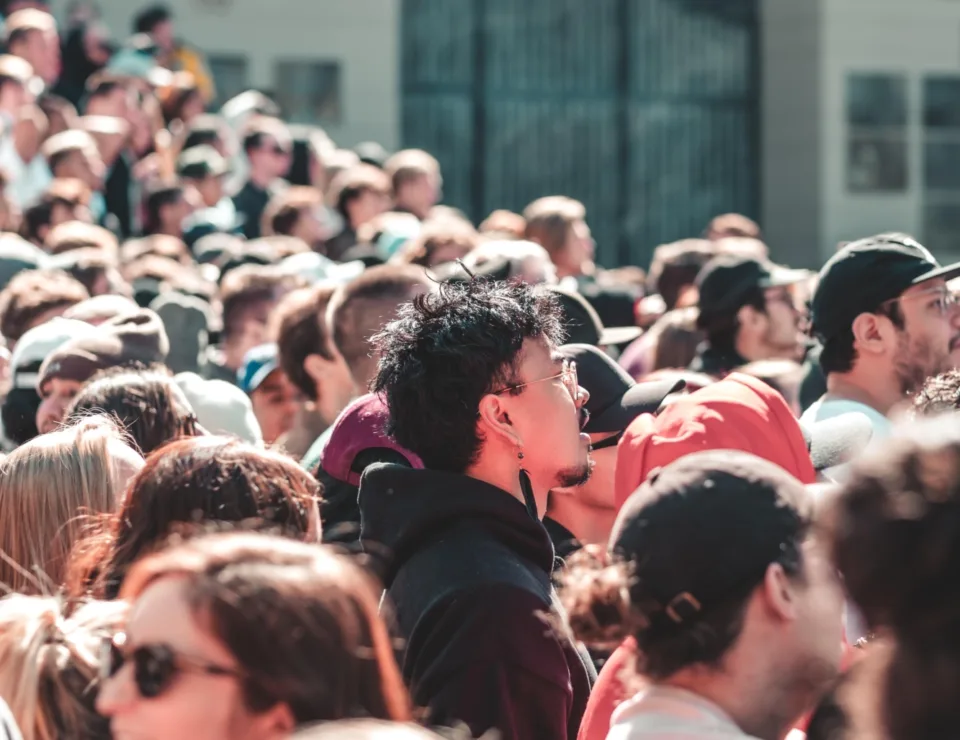The 2021 Census demographic data shows the usual resident population of Greater Lincolnshire and Rutland. At the time of the Census there were a total of 1,136,000 residents across Greater Lincolnshire and Rutland. This figure has risen by 57,916 according to 2011 Census figures, with increased populations across all of the wider GLLEP, area except in North East Lincolnshire which actually saw a 1.7% drop in population. The largest recorded increase in population by local authority area was seen in Lincoln at 11.1%, and the lowest increase was seen in North Lincolnshire, at just 1.3%. The population of Rutland rose by 9.7% over the ten-year period.
Census Population Data 2011 and 2021
Area |
Usual resident population, 2011 |
Usual resident population, 2021 |
Percentage change |
Lincolnshire |
713,653 |
768,400 |
N/A |
Boston |
64,637 |
70,500 |
9.1 |
East Lindsey |
136,401 |
142,300 |
4.3 |
Lincoln |
93,541 |
103,900 |
11.1 |
North Kesteven |
107,766 |
118,000 |
9.5 |
South Holland |
88,270 |
95,100 |
7.7 |
South Kesteven |
133,788 |
143,400 |
7.2 |
West Lindsey |
89,250 |
95,200 |
6.7 |
Rutland |
37,369 |
41,000 |
9.7 |
North East Lincolnshire |
159,616 |
156,900 |
-1.7 |
North Lincolnshire |
167,446 |
169,700 |
1.3 |
Greater Lincolnshire and Rutland Total |
1,078,084 |
1,136,000 |
N/A |

Within the county of Lincolnshire, the districts of East Lindsey and South Kesteven were the most populous, both in 2011 and again in 2021. At both times, the district of Boston had the fewest residents. Across all seven districts, an increase in population was recorded.

Further Census data will be released later in the year with data on demography and migration; ethnic group; national identity; language, and religion; UK armed forces veterans; housing: labour market and travel to work; sexual orientation and gender identity; education; and health, disability, and unpaid care available from October to December 2022 as per the Office for National Statistics’ Census 2021 release plans.
Photo by Jake Weirick on Unsplash
Related Posts

Visits to BGU from Innovate UK

LORIC Wraps Up Successful SED Project

Innovate UK’s East Midlands Knowledge Exchange Forum hosted on BGU campus!

Understanding the Economic Impact and Future Potential of Greater Lincolnshire’s Sport, Physical Activity & Leisure Sector

LORIC Wins Venue of the Year Award

Digitising the Archive of the 20th Century Philosopher John Macmurray
